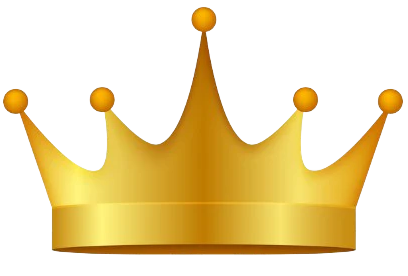Gauge Wires For Landscape Lighting
The wire gauge is the most important factor to consider. The gauge of the wire is the measurement of the wire diameter. The maximum Wattage it can cope with and how much voltage drop you can expect are directly impacted by this.
The term voltage drop is used to describe the loss of power across an electrical circuit.
Every part of a circuit, including the wire itself, has a resistance that will reduce the total voltages running down the line. The drop in voltage over a set distance will be lower because of the thicker wire.
It also means that you can run the thicker wire over a longer distance without having to worry about the voltage drop. If you choose a wire gauge that isn't suitable for a longer range, any lights on the circuit will not get the voltage they need to run properly.
They might not be visible for a long time. A miscalculation means re-laying the wire to fix the issue.
Number Of Lights
How long you can run the cable depends on the number of lights you have on a circuit. It might not be an issue if you only run it for two or three lights, but add more and the length of wire might not be able to handle it.
If you don't overload the maximum recommended Wattage for that wire gauge, you shouldn't have any issues.
Gauge Wire for landscape lighting
There are a couple of things to consider when choosing your wire for outdoor lighting. You need to choose which type of wire you want to use, and then pick the right gauge.
Wire Type
You won't find any outdoor lighting cables that aren't copper, it's the best balance between cost and performance of any conductor material. When it comes to wire type, you look for how suitable the wire is to be used underground:
- It shouldn't be buried because outdoor cable is safe to use outdoors and will be resistant to moisture and UB damage.
- Direct burial cable doesn't need a conduit or sleeve, and it's fully protected for underground use.
- Underground burial cable is designed to be used underground but it needs a conduit – it’s not tough enough to directly withstand the pressure of the earth.
- If you're looking for landscape lighting, most cables will be rated for direct burial, but it's worth checking before you buying.
Gauge Chart
It's important that you choose the right wire gauge for your lighting circuit, it's a measurement of how thick the wire is. If you buy a cable that doesn't support your landscape lighting design, you don't get enough power for all of your lights. They may be inconsistently bright or flickering as a result.
The most popular choices for outdoor lighting are between 8 and 16. The AWG wire is usually sold in steps of two, so 8, 10, 12, 14, and 16.
Wires will have the number after the slash is usually 2, so wires for outdoor lighting are usually 8/2, 10/2, 12/2, and so on. The number 2 is the number of conductors within the wire.
Thicker wire: Here’s why the thickness of the wire matters
- It uses more copper, so it is more expensive.
- It can be harder to use in tight spaces because it is less flexible.
- It is able to handle more wattage.
- Will have a decrease in the voltage over longer distances.
- You can use a transformer for multiple connections.
So, the maximum recommended wattage for a wire is for anything on that part of the circuit only. You could run two circuits on 12/2 wire if you have a large landscape lighting setup with 400W lighting.
It is recommended that the maximums for the wire gauge be based on a 12V power supply, which is used for outdoor lighting. The transformer steps down the power so the circuits do not work in the same way.
Also, bear in mind that you are limited by your transformer as well. If your transformer has a maximum wattage rating of 200W, then you will be limited to using 10/2 gauge wire.
It's recommended that you aim for 80% of your transformer's max capacity to handle fluctuations.
What Gauge Wire Do I Need For Landscape Lighting?
Your outdoor lighting wire will impact how far you can run the wire and how many lights you can add without a voltage drop.
12/2 is the most common cable gauge used for outdoor lighting. If you are running cables over longer distances or adding more lights in series, you may want a thicker cable such as 10/2 or even 8/2. This will make sure that your lights don't get affected by the voltage drop.
Conclusion
Gauge wires are often used to connect outdoor landscape lights to the main electrical panel, which is often mounted on a pole or other structure. Gauge wires are sometimes referred to as "outdoor wiring." This type of wiring is typically installed in conjunction with the installation of landscape lighting fixtures.
You can get some variety of gauge wires from here: Direct Burial Wires
